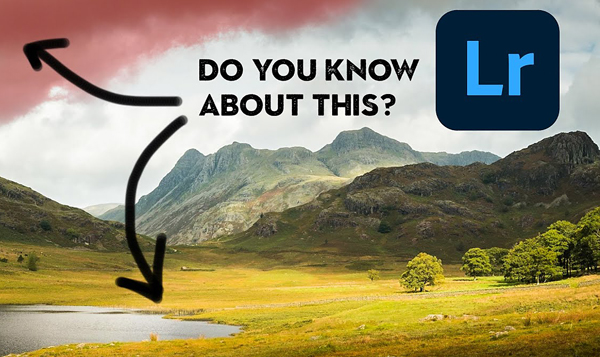4 Problems A Realtor Could Face By Not Using Video
4 Problems A Realtor Could Face By Not Using Video
-
October 18, 2022
-
,
10:35 am -
,
Uncategorized

For many Realtors, video can be seen as an expensive additional service and, perhaps, even as an unnecessary investment. However, that cannot be any further away from the truth. Video has a significant impact on today’s world and the real estate industry. Not considering video as a potential investment can lead Realtors to face several problems in the future. In this blog, we are going to share with you four main problems a Realtor could face by not using video for their properties.
Problem #1: Restrict the buyer experience

Buyers will only see what you allow them to see. Allowing potential buyers to have a full experience will not only provide them with the necessary information about the property but will also connect with emotions. Just like an image can generate emotions, video can easily intensify them. Every listing must contain pertinent information, photos, floor plans, and 3D tours as a basic goal. Going above and beyond requires taking your potential buyer through an immersive experience allowing them to flourish in new sensations just like when watching a movie.
Cinematic property videos are designed to highlight the best of each property accompanied by music in a perfectly synchronized manner to amplify the experience. Let’s keep in mind that before selling a product, one sells an idea. And that idea must include an immersive experience for it to be worthy. The better the experience the more likely the conversion. Hence, restricting the buyer experience will result in fewer immediate sales.
Problem #2: Not get seen

Keeping up with today’s technological trends is not an easy task, however, it is a must. Especially since 95% of home buyers use the internet to search for properties (NAR 2021 Profile of Home Buyers and Sellers). According to The Ultimate Guide to Video Marketing by Hubspot, people are spending an average of 19 hours a week watching videos online. In addition, the VNI (Visual Networking Index ) Complete Forecast Highlights by Cisco reports a consumer internet video traffic compound annual growth rate of 34% since 2017. As a result, globally, internet video traffic will be 82% of all consumer internet traffic by 2022. So, the more the video traffic grows in the digital world, the less your listings will be noticed if they do not include video. And therefore you will not get seen as you should.
Problem #3: Missing out on new generations

It is very important to consider the new upcoming clients and home buyers. According to the National Association of Realtors’ 2021 Profile of Home Buyers and Sellers, the typical first-time buyer’s age was 29 years old for males and 33 for females. This consists of the Millenials and right on the edge with Gen Z whose oldest is 25 years old. Now, Millenials are known to be on top of social media, and Gen Z is on top of the latest trends on social media which is all about video.
Therefore, to reach both generations, it is highly recommended to market yourself through the appropriate channels, which requires staying up to date with the latest technological trends. As a consequence, you could be missing out on new generations by not upgrading to marketing your properties with video.
Problem #4: Reputation

Whether it’s a small home or a luxurious home, it is the work and effort the Realtor puts into the marketing that makes it stand out. So, every time you invest in promoting your properties in the best and most efficient way possible, a higher reputation you obtain by presenting yourself as a top-notch realtor. At the end of the day, it’s not the worth of the home but the professionalism and effort a Realtor places on each one of his or her properties.
There is nothing more impactful than being able to serve any client with the same level of excellence by marketing all homes with the use of all existing resources to so; being videography the latest trend. So, not investing in videography for your properties might position you as a Realtor who takes their job less seriously or is less interested in utilizing the available resources efficiently.
Conclusion
All in all, “wow” your clients by showing them how their properties will be marketed with a professional video. Market your properties and yourself with video to generate more traffic, and therefore, more leads online. Inspire your home buyers with an explicit immersive experience with a cinematic property video while searching through the internet. Lastly, keep yourself updated with the latest trends to not miss out on the new generations.
Share this post
The post 4 Problems A Realtor Could Face By Not Using Video appeared first on Real Estate Photography in Dallas-Fort Worth.












